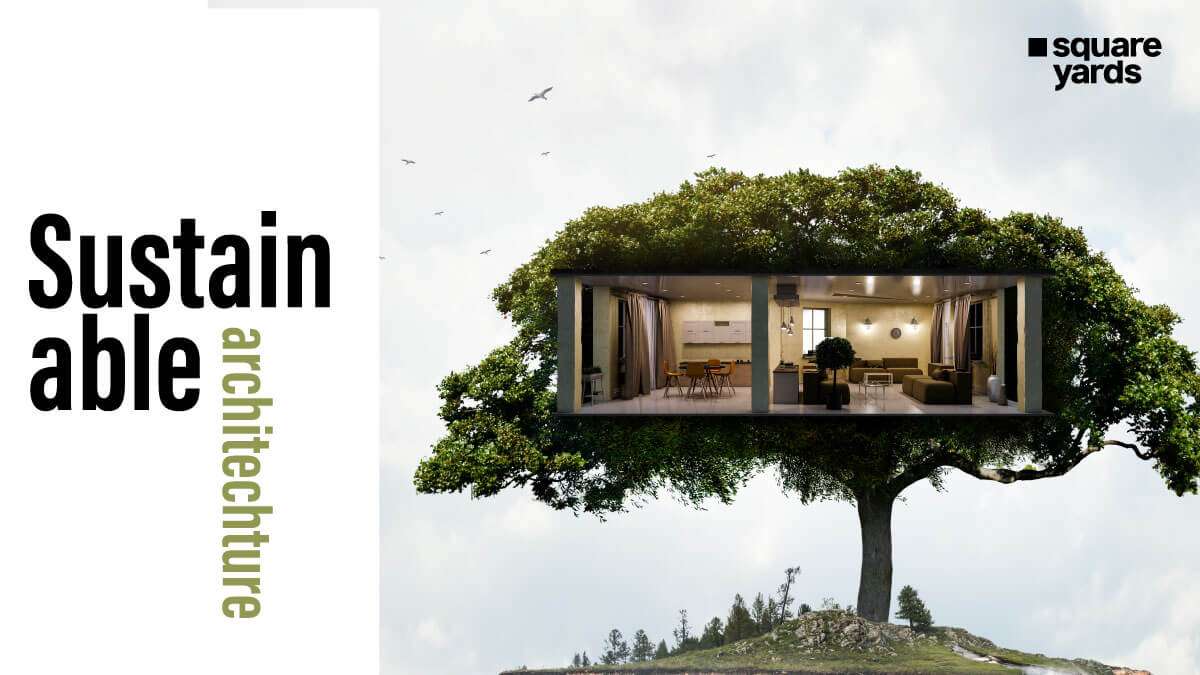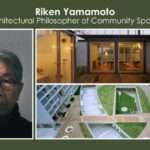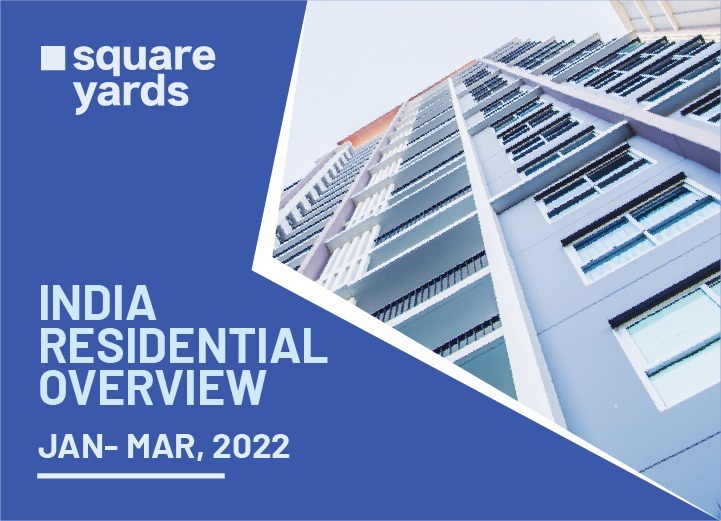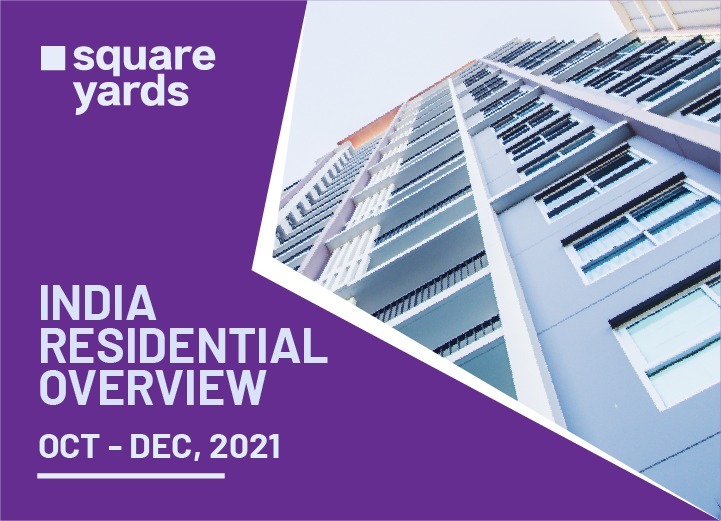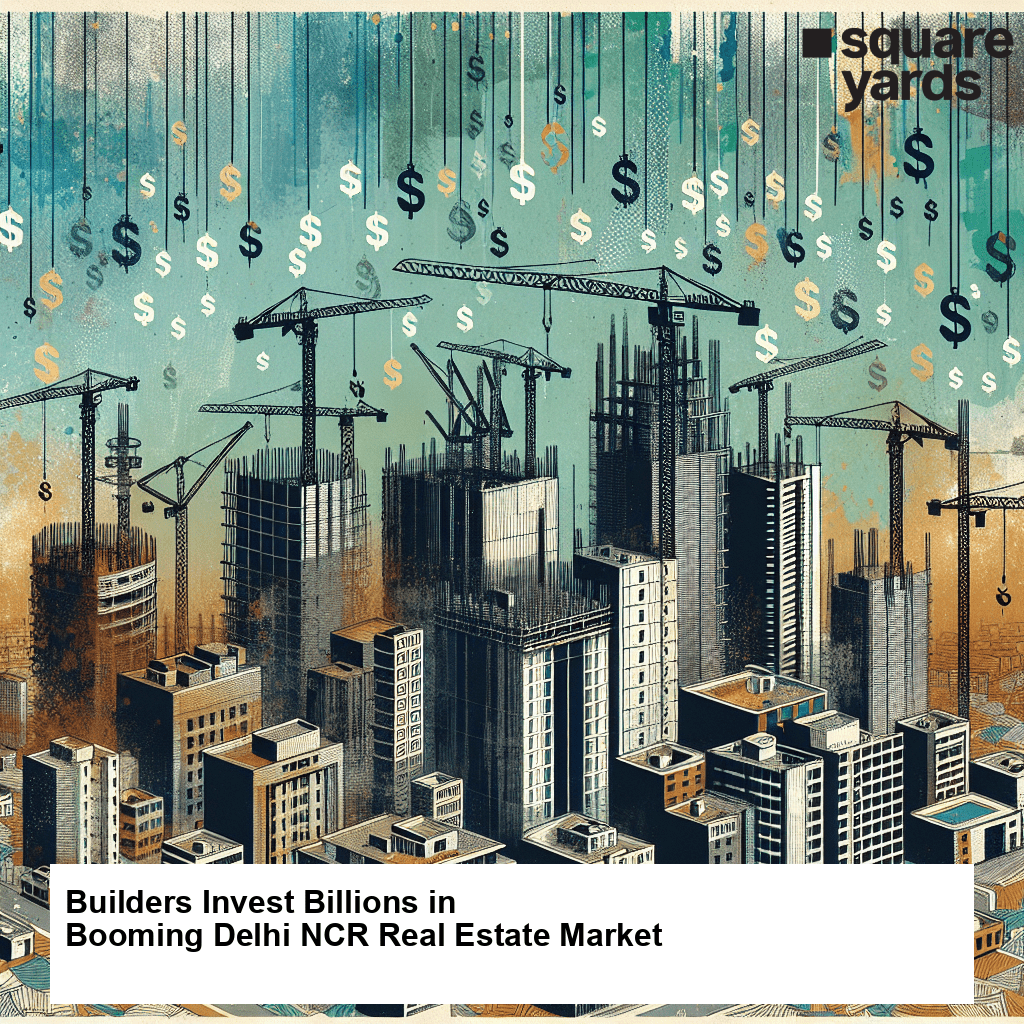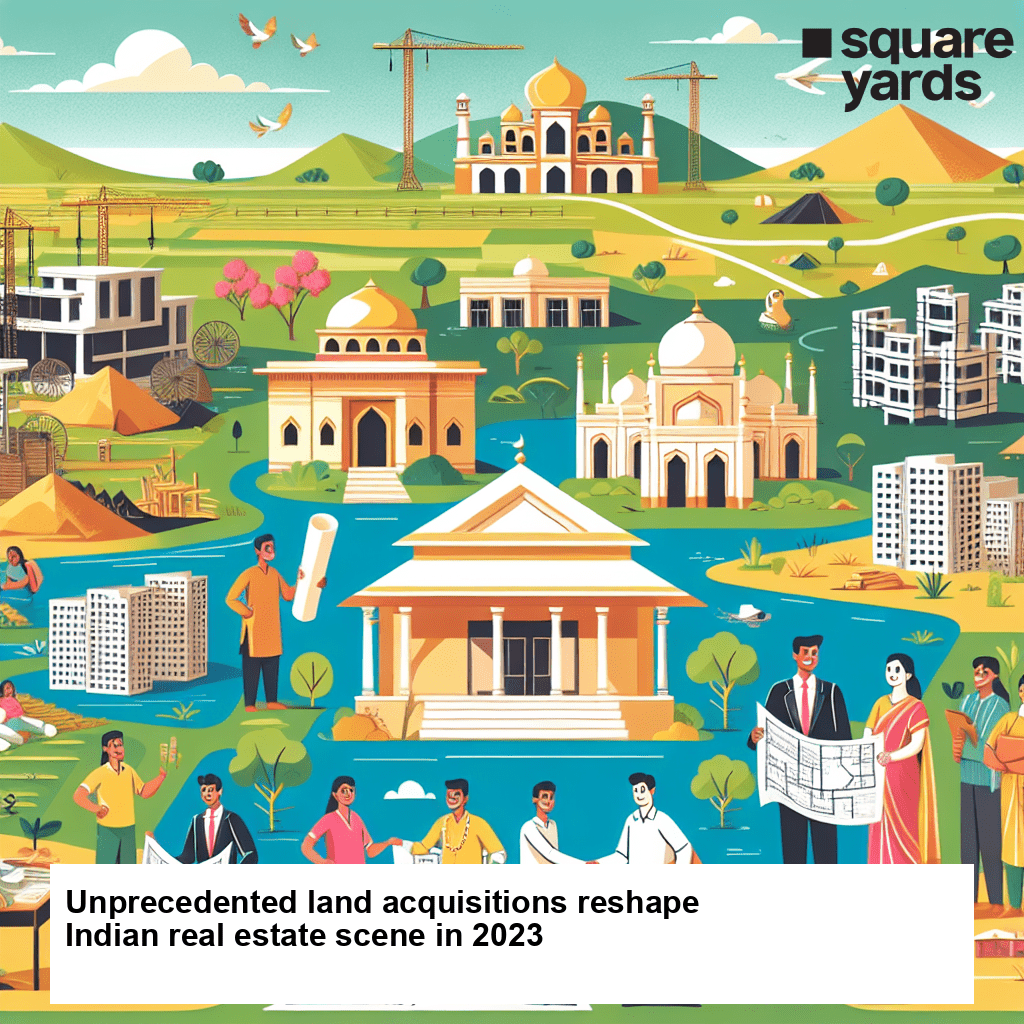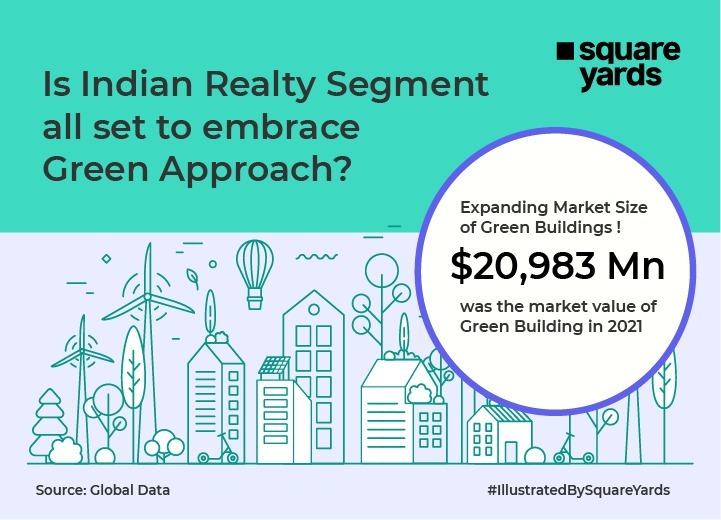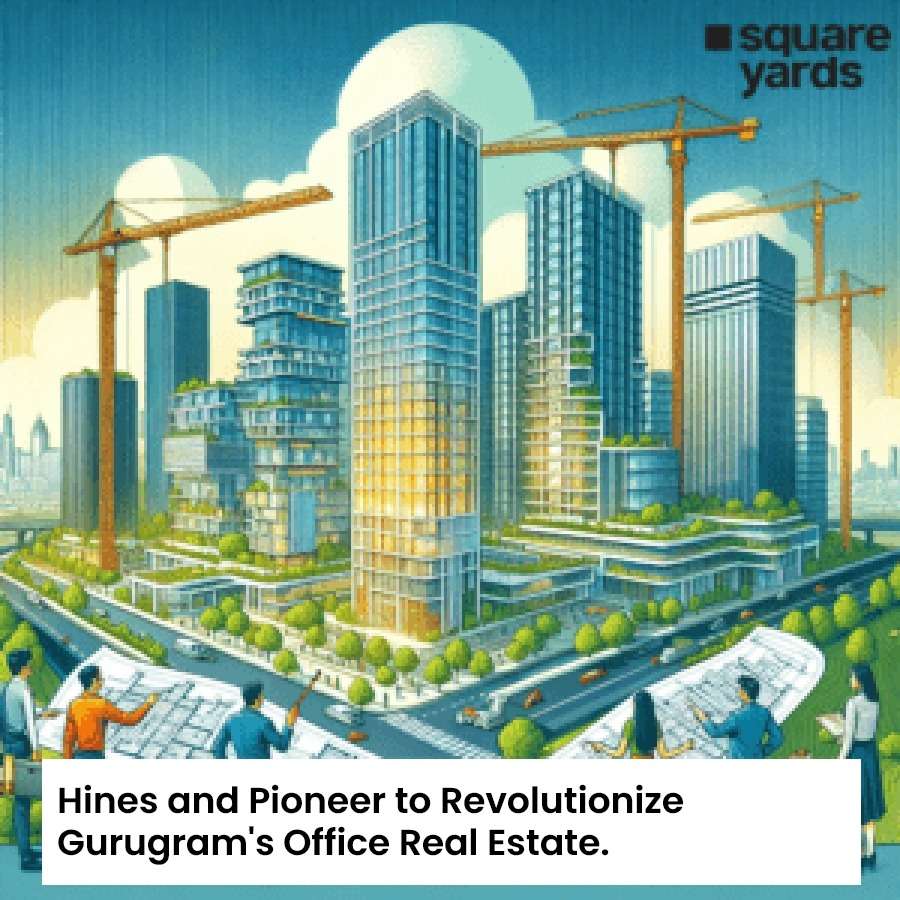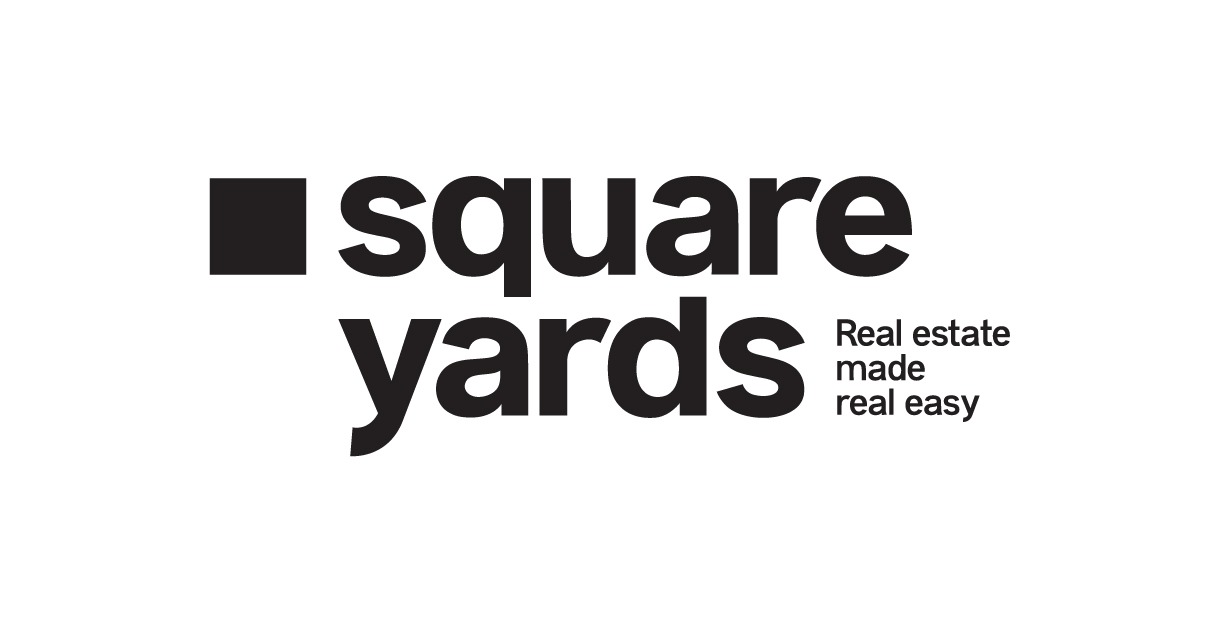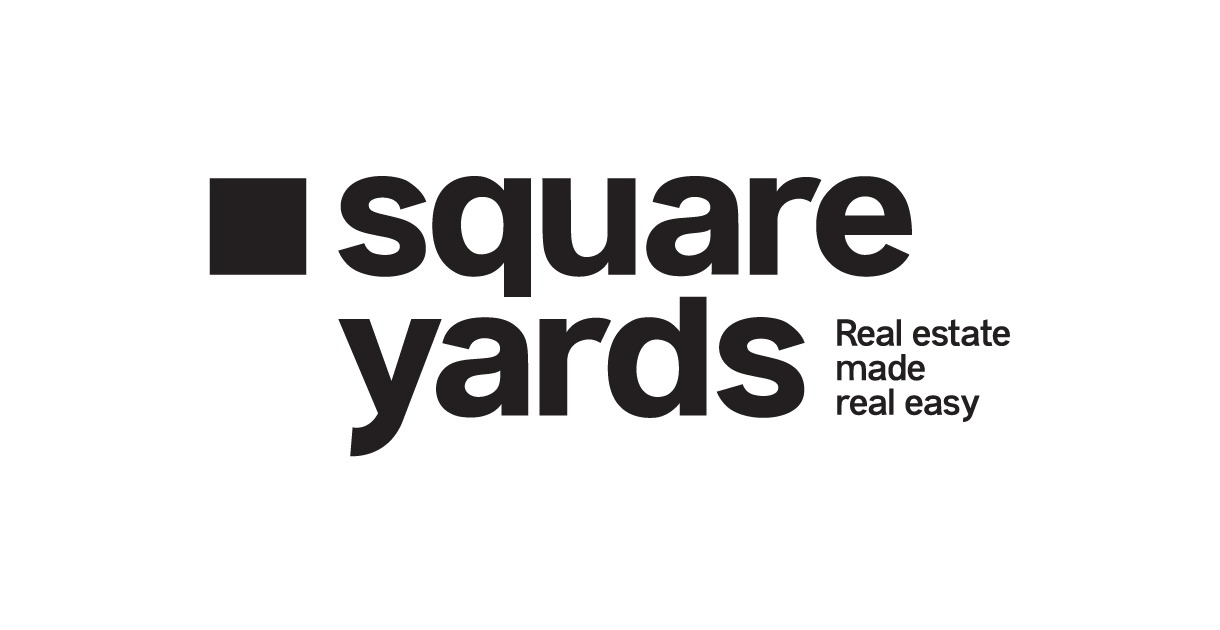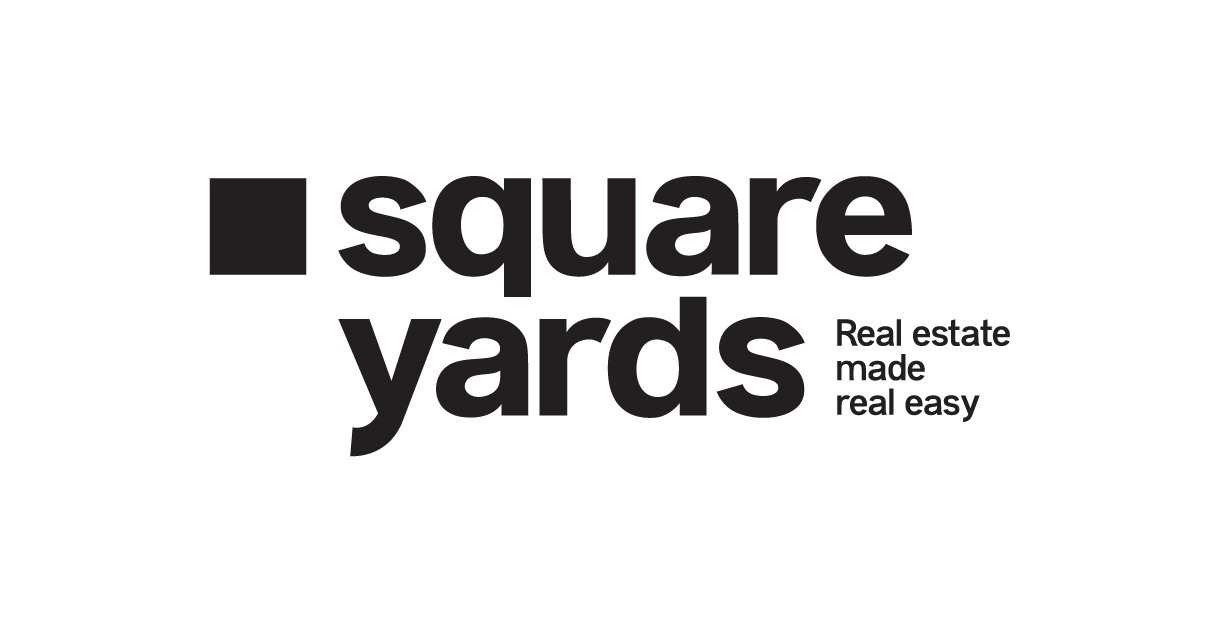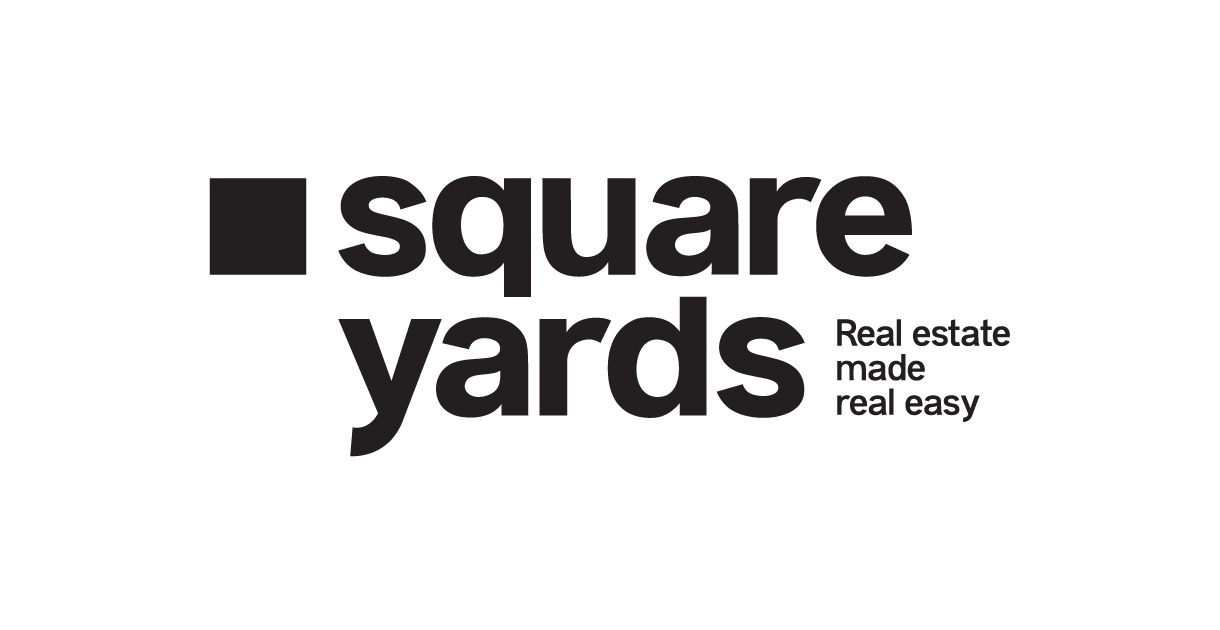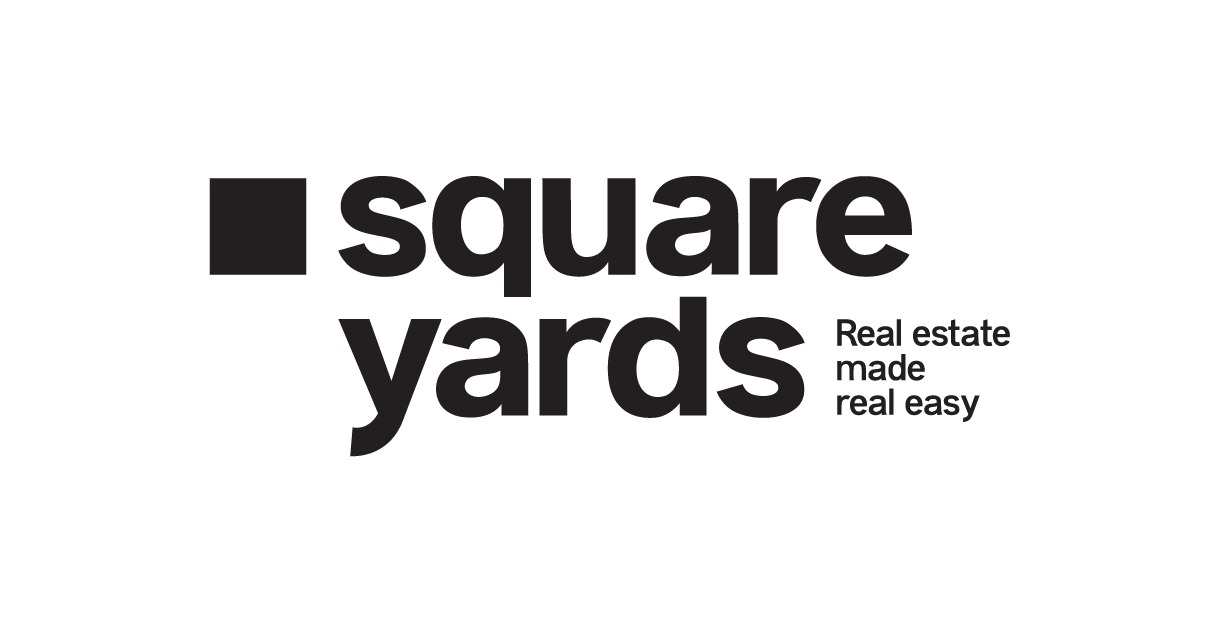Go green; we only have one planet – often discussed seldom put into action. It majorly talks about pollution, the melting polar ice caps, and the greenhouse effect. Shedding some light on the green environment, sustainable architecture is a blooming trend in today’s eco-conscious world. The idea behind it is to promote a cleaner, healthier, and well-preserved environment. As it is our responsibility to protect this environment for the future generation, and to do so, everyone must learn about the importance of sustainable architecture.
One of the innovative concepts that arose from the futuristic goal towards a green world is the notion of sustainable architecture. The term has become a significant consideration in the construction of cities and buildings. This simply signifies the use of environmentally conscious techniques and materials in architecture. Today, architects are not just dealing with framing exquisite designs in form and functionality but are also focused on seeking integrated solutions given environmental factors.
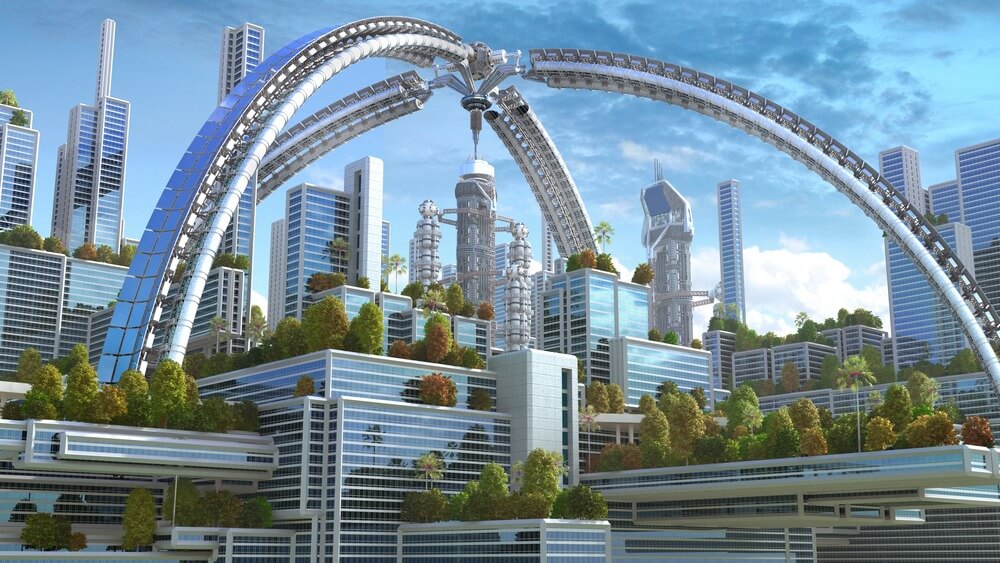
Let’s move further and take a deeper dive into the meaning of sustainable architecture, its characteristics, importance and more.
Table of contents
Meaning of Sustainable Architecture
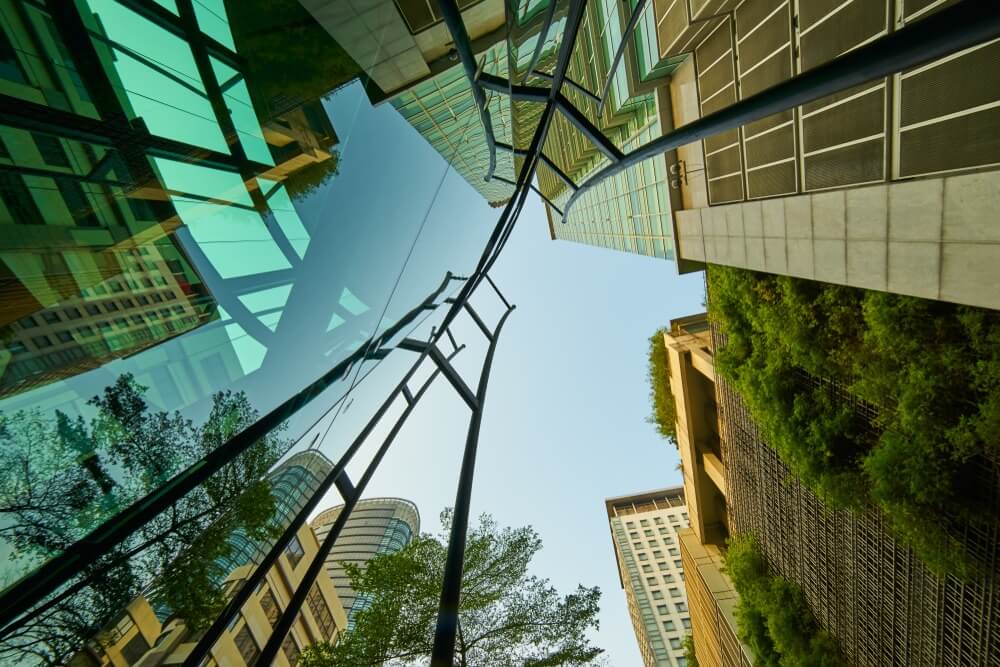
The sustainable architecture emphasises using clean and renewable energy through building materials undamageable to the planet’s environment. The aim of a green environment and living techniques is to create as little waste as possible. This approach encircled all aspects of a planning and construction process – ranging from the material choices to the execution of cooling, heating, waste, plumbing and ventilation systems.
The innovation of sustainability goes beyond the technology used in architecture. The design concept must be functional and aesthetically pleasing. It must be planned to achieve resource efficiency and long-term energy. In addition, several sustainable buildings are noted as incredibly striking in appearance.
Importance of Sustainable Architecture
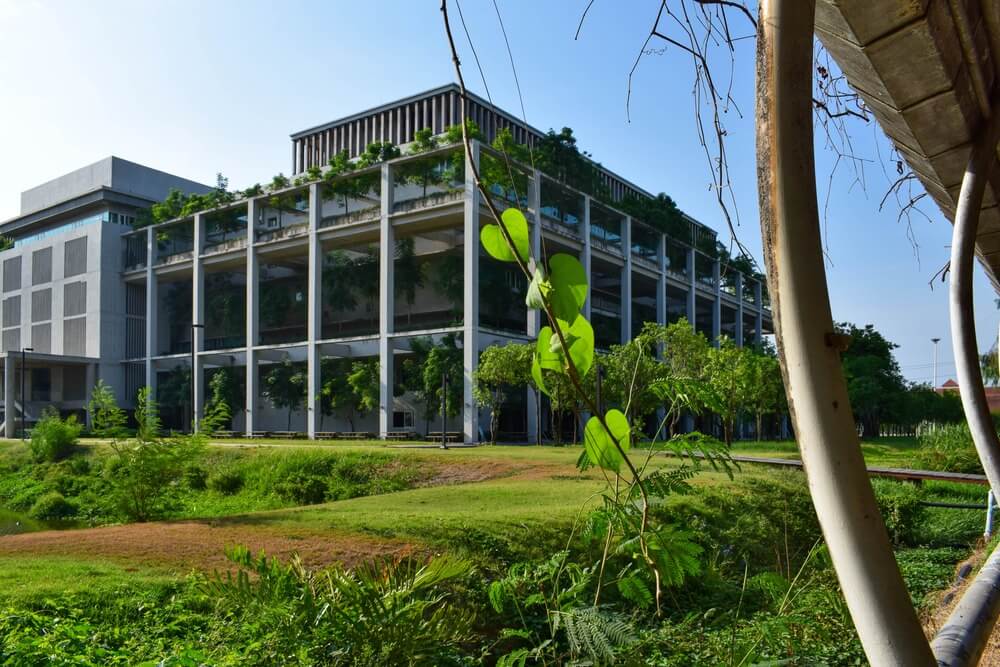
The world sees a continual increase in the number of metropolises all around, which ultimately leaves a massive impact on the environment. Thus, many researchers and architects have realised that all the natural resources will end soon. And our planet cannot restore itself with a rapid rise in modernisation.
This concept of sustainable architecture is to manage a healthy built environment centred on ecological principles responsibly. Its objective is to lessen the negative impact of buildings on our environment through –
– Minimising the consumption of non-renewable resources
– Improving the natural environment
– Reducing the use of toxic materials
Therefore, architects are now more centred on linking building services, fabric and controlled fittings. They focus on creating a delicate balance between the form and function of a building with the natural environment. Moreover, there are several economic, social and environmental benefits of implementing sustainable architecture in new and old buildings.
Characteristics of Sustainable Architecture
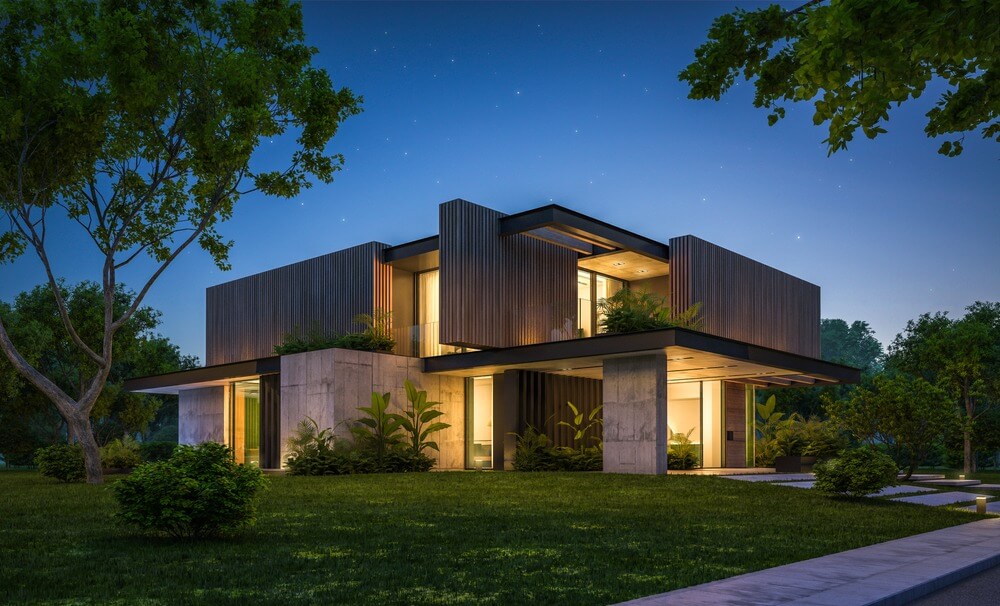
So why should the architecture industry adopt sustainable architecture practices? Here are the key features of this concept:
● The entire focus is on eliminating the human impact on the environment.
● Sustainable buildings produce energy equivalent to the consumption of a net-zero effect.
● Renewable materials are used, for example – cork, bamboo, flax, hemp and soy.
● There is minimal wasteful energy consumption since renewable energy sources such as solar panels and natural cooling, heating and ventilation systems are used.
● Sustainable buildings are constructed using water conservation systems such as greywater recycling and rainwater collection.
● Such buildings are constructed to integrate architecture and landscape.
● Conventional materials are being replaced. For instance, concrete substitutes sustainable alternatives like hempcrete and conventional plastics with innovative bioplastics produced from algae.
● Recycled and upcycled materials are used.
● These buildings have higher resale value.
● Energy-efficient lights are used.
● Sustainable buildings are easier to maintain.
Examples of Sustainable Architecture
There has been a rise in the construction of sustainable buildings across the globe in the most recent decades. Here is a list of some of our favourite green buildings from different parts of the world:
Beitou Public Library, Taipei, Taiwan
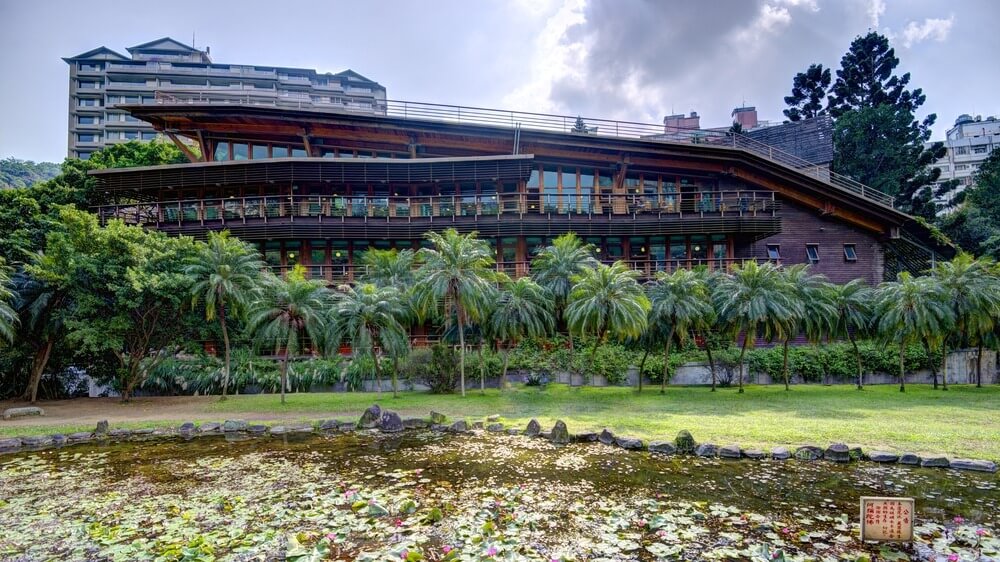
Beautifully placed near the Beitou Hot Spring Park, Beitou Public Library is the first green library of Taiwan. The building features solar panels with a capacity of storing up to 16W of power and a rainwater collection system to water the indoor plants and flush the toilets. The key feature of this sustainable building is the wooden balcony railing that preserves energy by eliminating the heat-causing rays entering the rooms.
Rajiv Gandhi International Airport, Hyderabad, India
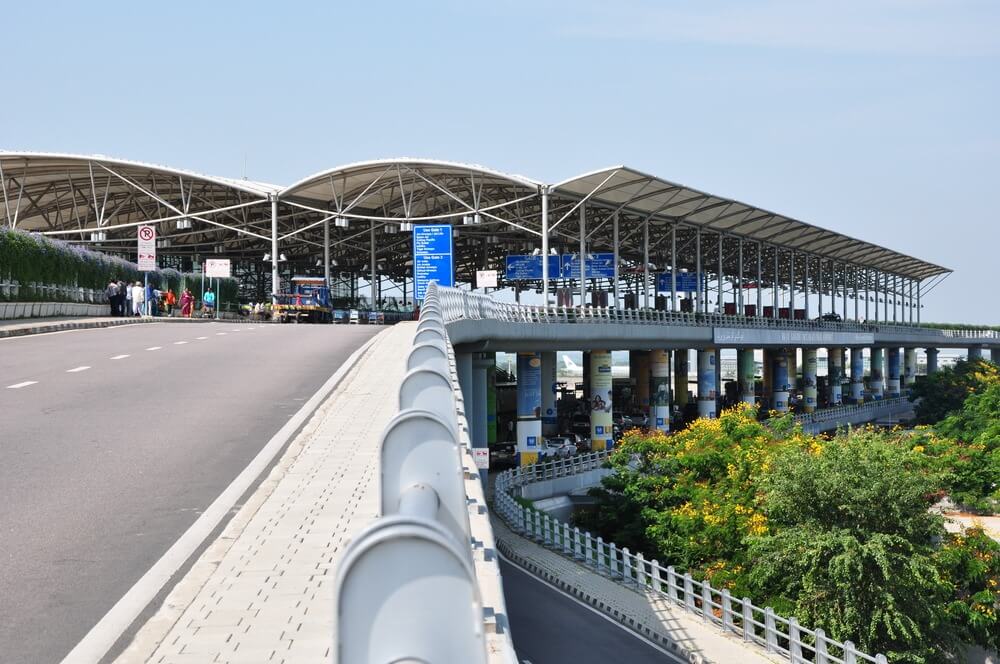
Setting a benchmark for sustainable buildings in India, Rajiv Gandhi International Airport is located in downtown Hyderabad. It is the sixth busiest airport in India, featuring a structure that conserves natural resources and consumes less water and electricity. The airport campus has a green belt of 273 hectares with countless plants. This green building is renowned for successfully saving energy for about 3.97 million kWh and lessening the carb footprint by 3331 tons.
Museum of Tomorrow, Rio de Janeiro, Brazil
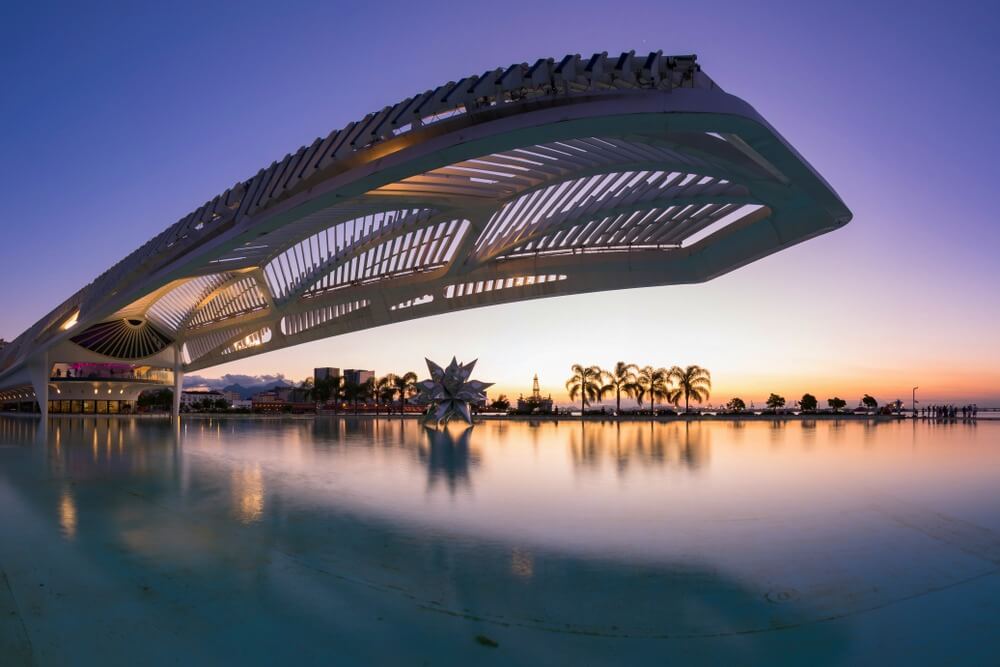
Museum of Tomorrow is a science museum standing next to the waterfront at Pier Maua in Rio de Janeiro. The museum has a beautiful cooling system feature that is a true representation of sustainability. This cooling system channels water from nearby Guanabara Bay to manage temperatures inside the building. It also supplies water for the surrounding reflecting pools of the museum. In addition, the building has mobile PV solar panels that can be adjusted according to the angle of the sun’s rays for 24 hours.
Vertical Forest, Milan, Italy
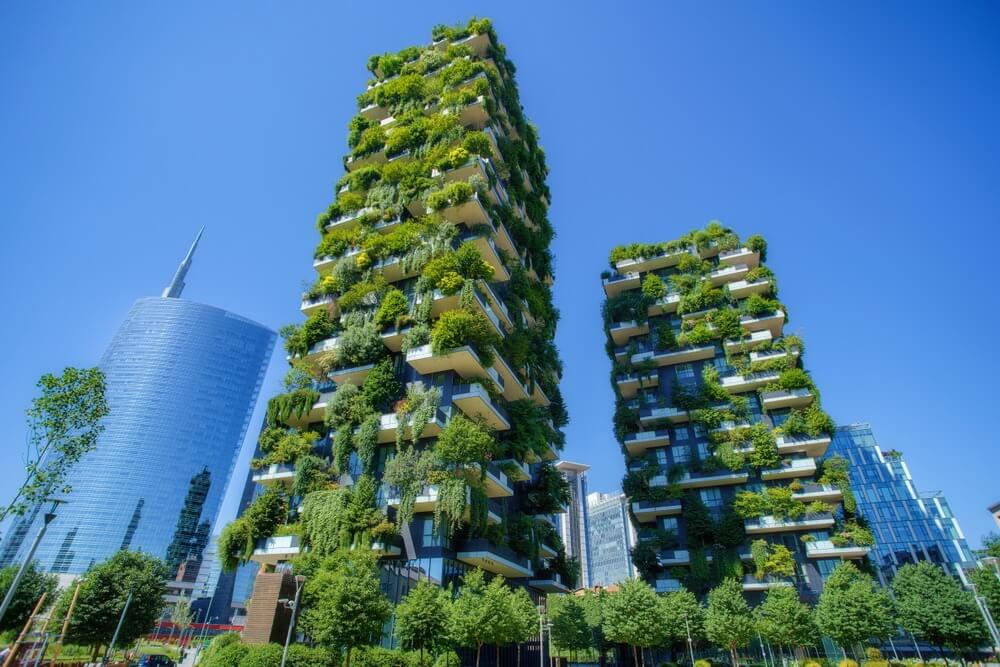
Also known as Bosco Verticale, Vertical Forest is a pair of residential towers in Milan featuring terrace cantilevering, towering heights, and heavy plantings. The building features a plant-based facade with 2,280 square meters of trees and shrubs, unlike typical facades made of steel, glass, brick or concrete. Interestingly, this feature does not reflect the sun’s rays; however, it creates a humidity-regulated microclimate internally to filter them. This sustainable building is recognised as a tower for trees occupied by humans.
Pixel Building, Melbourne, Australia
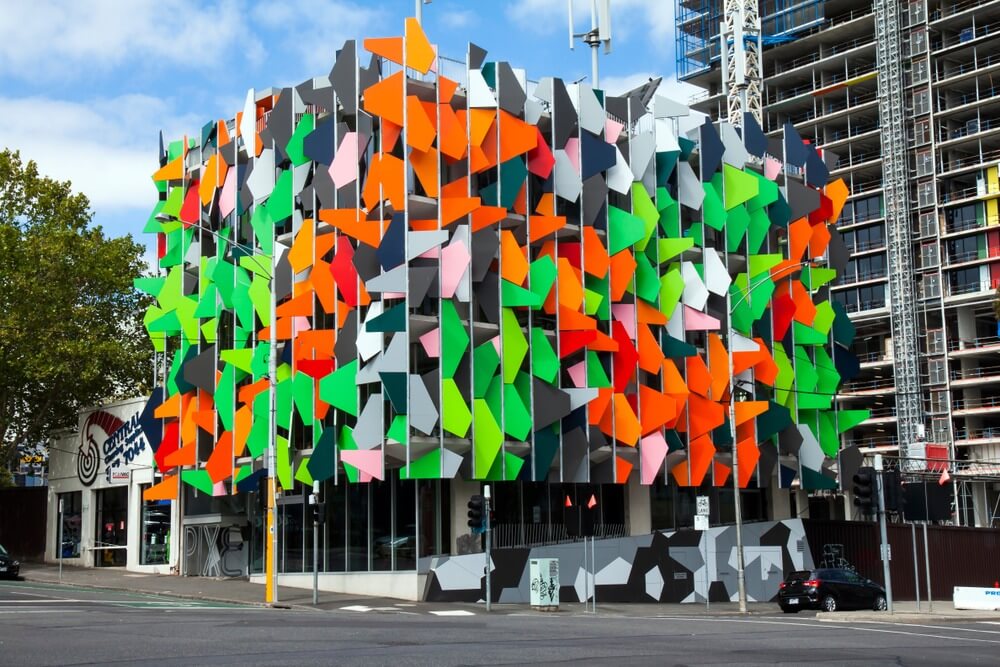
A modest four-level building in Melbourne, Pixel Building, is the first building in the country with zero carbon emissions. Built on a former brewery site, this multi-coloured building features a rooftop clad with fixed and mobile PV panels and vertical wind turbines. The exclusive feature of Pixel Building is that it produces its energy and water. In addition, it has achieved the highest score of 10 as a green building under the assessment system of the Green Building Council of Australia.
Future of Sustainable Architecture
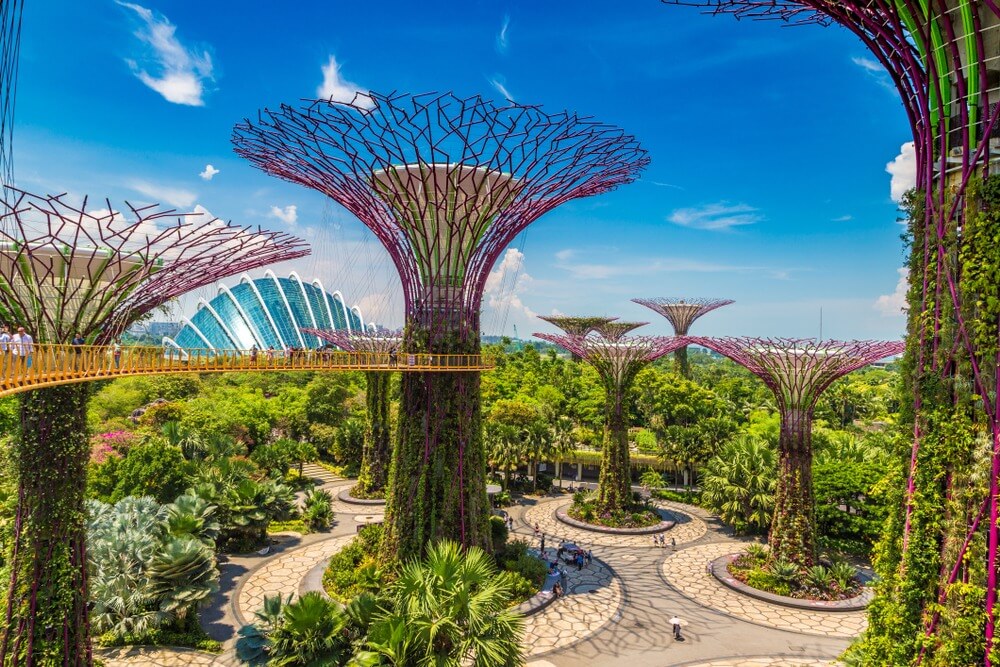
The concept of sustainable construction emerged in the 1970s, and the need to conserve the planet has never been as intense as it is nowadays. With the rising innovations and awareness among the public about the need for green building practices, sustainable architecture plays a crucial role in global construction. The use of such products helps preserve natural raw resources such as water, forests and clean air – thus, making sustainable architecture a smart way for building a better future.
While architecture firms across the globe are adopting sustainable construction techniques, India is amongst the few countries exuberantly embracing this concept. Among the few pioneers in the spotlight, Geeli Mitti Farms – a part of the Geeli Mitti Foundation is a social enterprise marking its presence as a platform building everything sustainable for the next few centuries. They use wet soil to design flood proof, earthquake-proof, fireproof and even bulletproof homes that will stand for thousands of years.
Therefore, sustainable architecture is a varied field that is still blooming since more people are becoming environmentally conscious. It is responsible for the environment and can also be the most economical solution over time.


